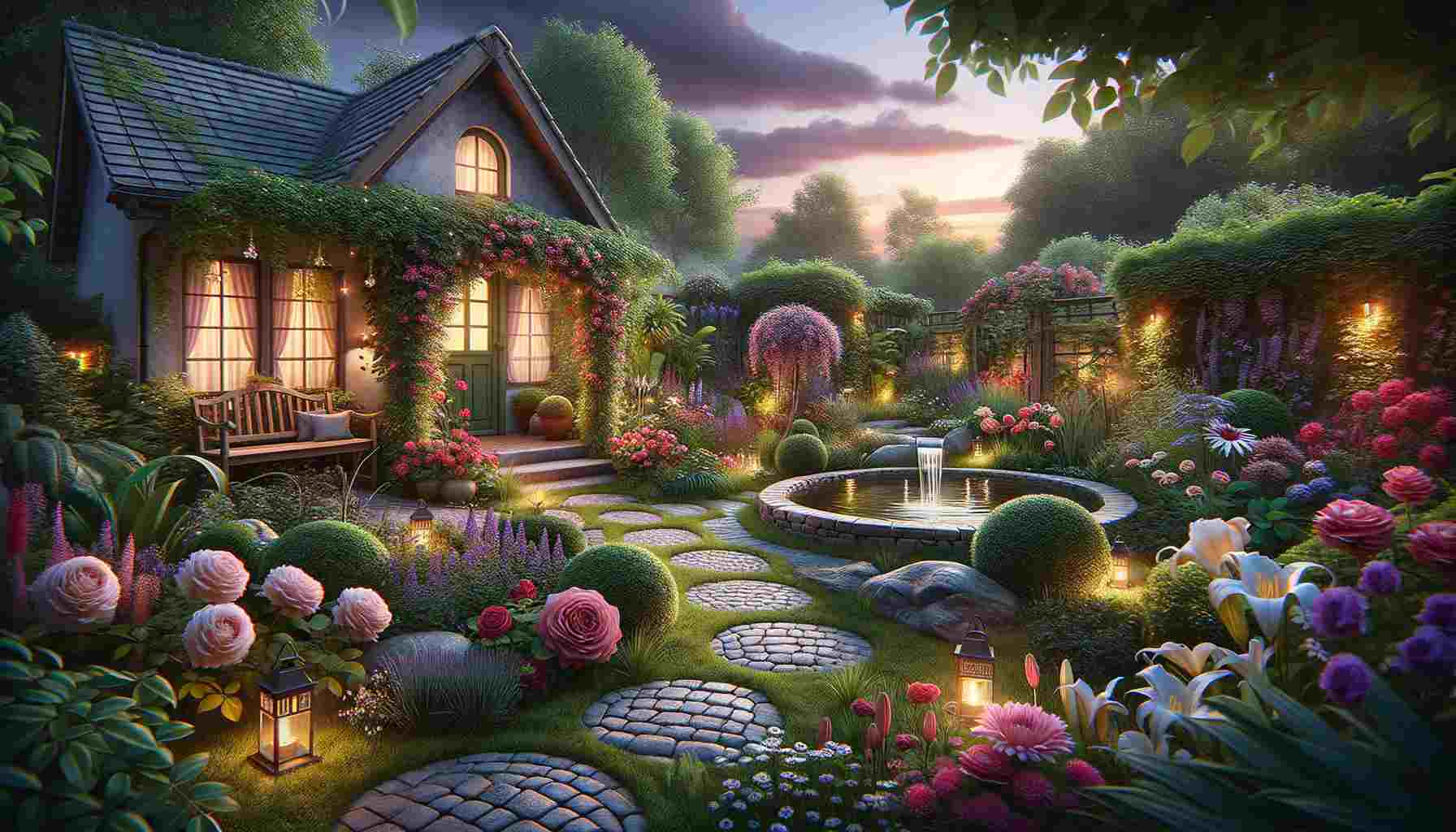In a world where concrete jungles and digital screens seem to dominate our lives, the timeless art of landscaping offers a refreshing escape into nature’s embrace. For those who, like me, find solace and creativity in the harmony of the natural world, landscaping is not merely a hobby—it’s a form of art that transforms spaces into living masterpieces.
Landscaping is the practice of designing outdoor environments. It involves the thoughtful arrangement of natural elements such as plants, water features, rocks, and even artificial structures to create a harmonious and aesthetically pleasing space. At its core, landscaping is more than just planting a few trees or shrubs; it’s about creating a symphony of color, texture, and form that changes with the seasons.
One of the most gratifying aspects of landscaping is the ability to work with living materials that grow and evolve over time. It’s a dynamic art form, where each decision influences the future tapestry of the garden. From selecting the right species of plants to considering the interplay of sunlight and shade, every choice contributes to the overall design.
A key principle in landscaping is balance. This doesn’t necessarily mean symmetry, but rather a pleasing distribution of elements that guide the eye and create a sense of unity. Whether you’re crafting a formal garden with neatly trimmed hedges or a wildflower meadow with a naturalistic appeal, balance ensures that no single element overpowers the others.
Color is another crucial component in the landscaper’s palette. By strategically selecting and placing plants that bloom at different times, you can maintain a vibrant display throughout the year. Consider the calming effect of blues and greens or the energizing pop of reds and yellows. The interplay of colors can reflect your personality and evoke different moods.
Texture adds depth and interest to any landscape. Pairing the feathery fronds of ferns with the broad leaves of hostas, or contrasting the smooth bark of birch trees with rough stone pathways, can create a tactile experience that invites touch and exploration. Incorporating various textures not only enriches the visual appeal but also provides habitats for a wide range of wildlife.
Water features, such as ponds or fountains, introduce the soothing sound of flowing water and attract birds and insects, adding life to your landscape. The gentle ripple of water can be a meditative element that enhances the overall tranquility of the space.
The practice of landscaping also connects us with the rhythms of the natural world. It teaches patience and mindfulness as we observe the slow growth of plants and the changing seasons. Tending to a garden allows for reflection and a deeper understanding of the environment, fostering a sense of stewardship for the earth.
In conclusion, landscaping is more than just a hobby; it’s a journey into the heart of nature. It allows us to express our creativity, enhance our living spaces, and find peace in the beauty of the outdoors. Whether you have a sprawling estate or a small urban balcony, the principles of landscaping can be applied to create your own slice of paradise. As you embark on your landscaping adventure, remember that it’s not about perfection, but about crafting a space that resonates with you and celebrates the wonders of the natural world.



